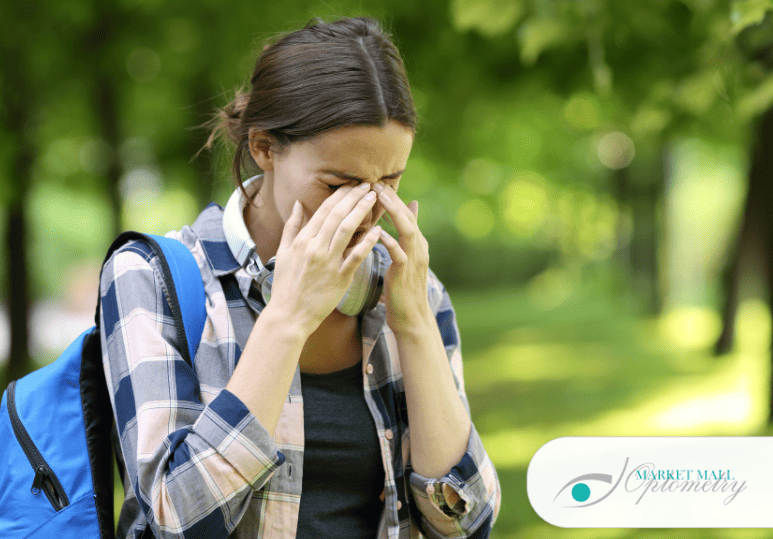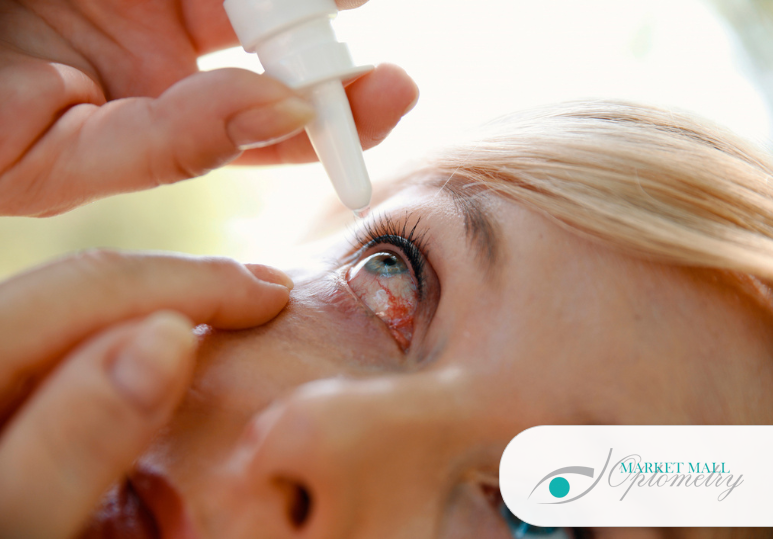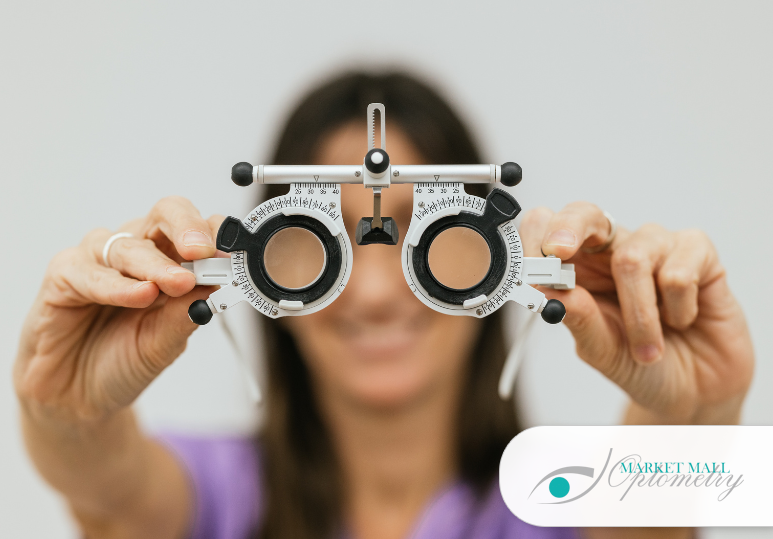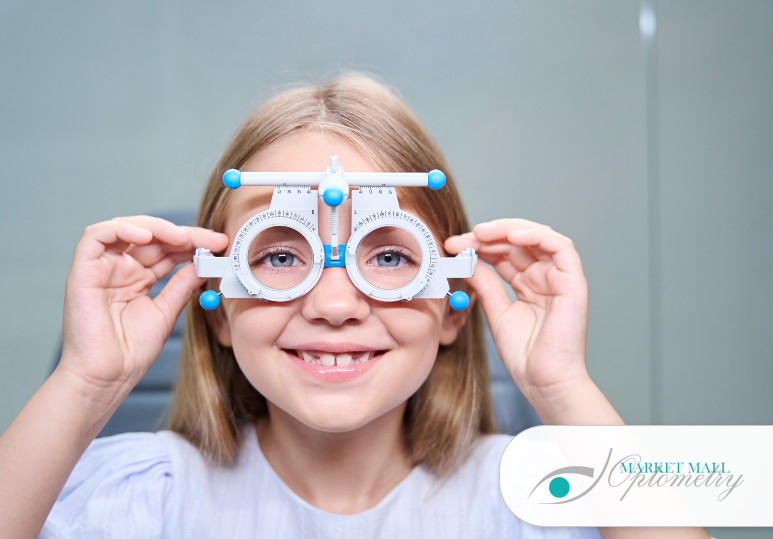How UV Rays Damage The Eyes
Short Term UV Damage
- Photokeratitis. Also known as corneal sunburn, photokeratitis is a sunburn of the eye. This condition is caused by UVB rays and can develop in as little as 30 minutes. Some symptoms of photokeratitis are:
- Pain or redness in the eyes.
- Tearing/watery eyes.
- Blurry vision.
- Swelling.
- Light sensitivity.
- Twitching of the eyelids.
- Gritty sensation in the eyes.
- Temporary loss of vision.
- Seeing halos.
- Headaches.
- Sunburned Eyelids. When applying sunscreen, people often forget about the eyelids, but this skin is just as susceptible to burns as the rest of your body. To avoid sunburns on the eyelids, apply sunscreen on the eyelids, wear UV-blocking sunglasses, or wear a hat that keeps the sun out of your eyes. Ideally, you should use a combination of these preventative measures. If you do sustain a burn on the eyelids or the area near the eyes, use a cold compress to help reduce pain and heat. Use an eye-safe, unscented moisturizer (such as a facial moisturizer) to aid in healing.
Long Term UV Damage
- Cataracts. Cataracts are a clouding of the crystalline lens caused by a breakdown of proteins in the eye. Cataracts tend to develop later in life, typically after age 60. UV rays have been linked to an increased rate of protein breakdown within the eye and have been shown to increase the risk of cataract development.
- Age-Related Macular Degeneration (AMD). AMD is a permanent eye condition that impacts a person’s central vision, limiting them from seeing what is in front of them. AMD occurs when there is damage to the macula, which is the centre of the retina that controls sharp and clear vision. Once AMD develops, there is no way to cure or reduce the symptoms.
- Cancer Of The Eye. UVA rays that cause skin cancer can also cause cancer within the eye. This can cause growths or tumours to develop in the eye and the cancer can spread to other areas of the body, such as the lungs and the liver.
Adult Eye Exams In Calgary
While some forms of UV damage may cause immediate symptoms that require optical medical intervention for relief, other eye conditions may begin to develop without showing any symptoms. In their beginning stages, cancer of the eye or AMD may not be caught unless a person receives an eye exam. Adult eye exams are one of the best preventative measures against these conditions, as an early diagnosis can help to control the symptoms and progression of the conditions. Whether you need an adult eye exam to ensure the health of your eyes or you need assistance with photokeratitis symptoms, the optometrist at Market Mall Optometry in NW Calgary can help you take control of your eye health. To schedule an adult eye exam, contact Market Mall Optometry at 1-403-286-4884 or fill out the contact form.
FAQ
Q: Do all sunglasses block UV rays?
A: No, only glasses that specify they are UV blocking will protect your eyes from the damaging effects of UV rays.
Q: How can I protect my eyes from UV rays?
A: Take preventative measures to protect your eyes by wearing UV-blocking sunglasses anytime you go outside, wearing hats to keep the sun out of your eyes, and avoiding going outside or being in direct sunlight between the hours of 9am and 3pm when UV rays are their strongest. To further protect your eye health, have regular adult eye exams with your Calgary Optometrist once a year or once every two years.
Q: Can you get photokeratitis in winter?
A: Yes, in fact, the development of photokeratitis in winter is so common that it is referred to as snow blindness. Because UV rays reflect off of water, including ice and snow, people tend to develop corneal sunburns after spending time skiing, snowboarding, ice skating, and other winter activities.





